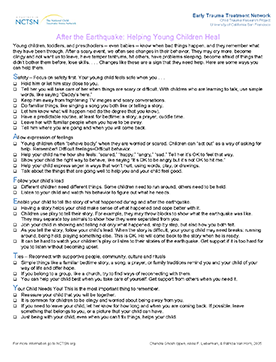
After the Earthquake: Helping Young Children Heal
Provides information on how parents can help their young children cope with the aftermath of an earthquake.
The following resources on child trauma were developed by the NCTSN. To find a specific topic or resource, enter keywords in the search box, or filter by resource type, trauma type, language, or audience.

Provides information on how parents can help their young children cope with the aftermath of an earthquake.

Assists mental health agencies with navigating and understanding The California Evidence-Based Clearinghouse for Child Welfare (CEBC) website.
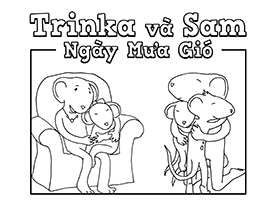
Offers parents and caregivers a way to talk with their children about hurricanes. This children’s book describes some of Trinka's and Sam’s reactions to a hurricane, talks about how their parents help them express their feelings and feel safer.
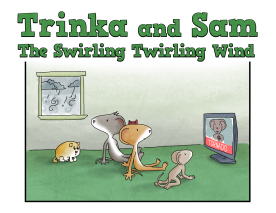
Offers parents and caregivers a way to talk with their children about tornadoes. This children’s book describes some of Trinka's and Sam’s reactions to a tornado, talks about how their parents help them express their feelings and feel safer.
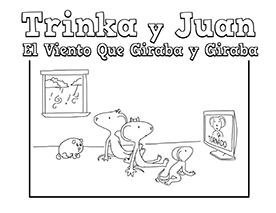
Offers parents and caregivers a way to talk with their children about tornadoes. This children’s book describes some of Trinka's and Sam’s reactions to a tornado, talks about how their parents help them express their feelings and feel safer.

Makes it easy to provide quality support to survivors. Users can navigate pre-deployment preparation, on-the-ground assistance, post-deployment resources, and more—at the touch of a button from the home screen.

Informs policymakers and the public about the costs of child trauma, child maltreatment, and adversity.
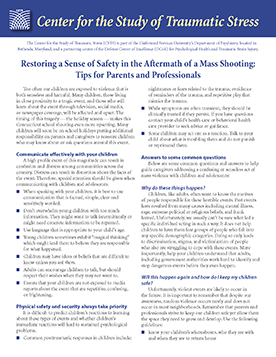
Offers parents, caregivers, and professionals guidance for restoring a sense of safety after a mass shooting.

Identifies specific areas of strength and opportunities to implement STS-informed policies and practices.
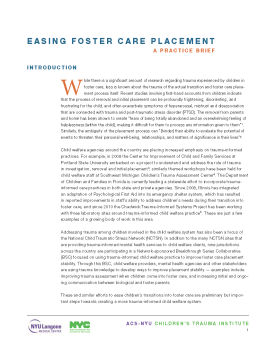
Focuses on addressing secondary traumatic stress experienced by child welfare staff, easing children’s transitions into foster care, and working with parents who have been impacted by trauma.
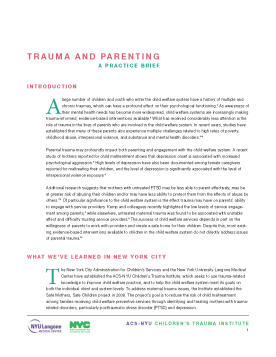
Focuses on addressing secondary traumatic stress experienced by child welfare staff, easing children’s transitions into foster care, and working with parents who have been impacted by trauma.
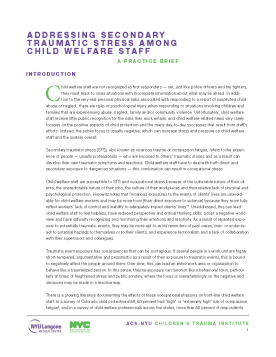
Focuses on addressing secondary traumatic stress experienced by child welfare staff, easing children’s transitions into foster care, and working with parents who have been impacted by trauma.